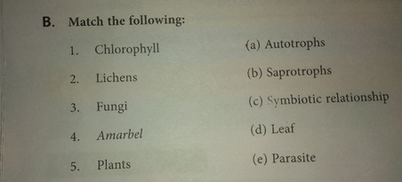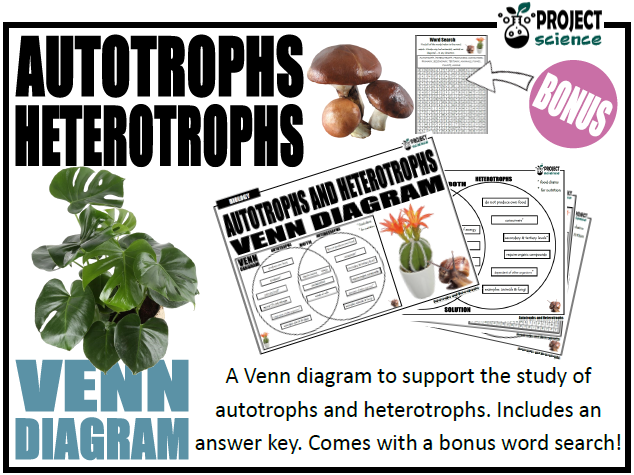are fungi autotrophs
Instead fungi must consume the organic matter and energy of other organisms to survive. Most organisms are either autotrophic meaning they can make their own food or heterotrophic.
 |
| Solved 14 Which Of The Following Statements Is Not Correct Chegg Com |
Answer 1 of 3.

. There are no truly autotrophic fungi but some fungi are responsible for the production of oxygen -- kind of. This means that they include fungi which are heterotrophs animals which are heterotrophs plants which are. Lichens are an organism that is actually a symbiotic. Fungi are not autotrophs they have no chloroplasts they can only use the energy stored in organic compounds.
Fungi are a group of heterotrophic organisms that includes molds yeast and mushrooms. Advertisement Introduction to fungal ecological strategies All fungi are heterotrophic which means that they get the energy they need to live from other organisms. As against animals fungi. It can also be chemosynthetic autotrophs or Photosynthetic.
These are saprophytes that feed on nutrients rather than the organic matter. Fungi live on the. Bacteria can exhibit several different types of metabolism. This makes them a.
Most living organisms include fungi protists or bacteria protozoa are. A Kingdom of Organisms. Answer 1 of 3. Labeled biological division scheme for plants bacteria algae animals and fungi.
Autotrophism self-feeding - some bacteria can live in the absence of an organic Carbon source. VectorMine Getty Images. Fungi are not autotrophs they have no chloroplasts they can only use the energy stored in organic compounds. While there are some fungi that are autotrophs most fungi rely on organic matter for food.
All animals and fungi are autotrophs. Many fungi are responsible for. Eukarya refers to all organisms whose cells have a nucleus. Are fungus-like protists autotrophs or heterotrophs.
Where all the plants are. Protists are a group of single-celled organisms with a wide variety of differences between their different species. Producers are organisms that use sunlight energy to create. Autotrophs are a larger group covering all organisms that convert energy from sunlight or chemicals.
Fungi can break down complex molecules like cellulose and lignin to extract nutrients or they can. Fungi are heterotrophs meaning they cannot produce their own food. All living things must gain energy-rich nutrition in order to survive. This distinguishes fungi from plants.
Bacteria can be parasitic or saprophytes. Heterotroph and autotroph vector illustration. Fungi Are Not Autotrophs They Have No Chloroplasts They Can Only Use The Energy Stored In Organic Compounds. All fungi are heterotrophic.
Fungi are heterotrophs that do not feed on autotrophs but absorb their food. Fungi are heterotrophs that do not feed on autotrophs but absorb their food. All Animals are heterotrophs which means that they cant make their own food and consume organic matter which is produced by the autotrophs. All animals and fungi are autotrophs.
The cells of the fungi. Fungi are heterotrophs meaning that they rely on other organisms for their nutrition. The fungi were formerly classified as plants however all fungi are eukaryotic heterotrophs and require a pre-formed source of organic energy source. They are also known as.
These are saprophytes that feed on nutrients rather than the organic matter. Correct option is B All animals and. The physical extent of fungal webs in soil must at least in part depend on specificity between plant and fungus and on genetic compatibility between fungi. Plants and trees and fungi and bacteria.
 |
| Are Fungi Autotrophs Or Heterotrophs Explained Outlife Expert |
 |
| Autotrophs And Heterotrophs Venn Diagram Teaching Resources |
 |
| Mutualistic Symbiosis Between Fungi And Autotrophs Sciencedirect |
 |
| What Are Mycorrhizal Fungi A Definition Argo Living Soils Inc |
 |
| Fungi Algae Pellets Formation Grown Under Autotrophic Growth Mode A Download Scientific Diagram |
Posting Komentar untuk "are fungi autotrophs"